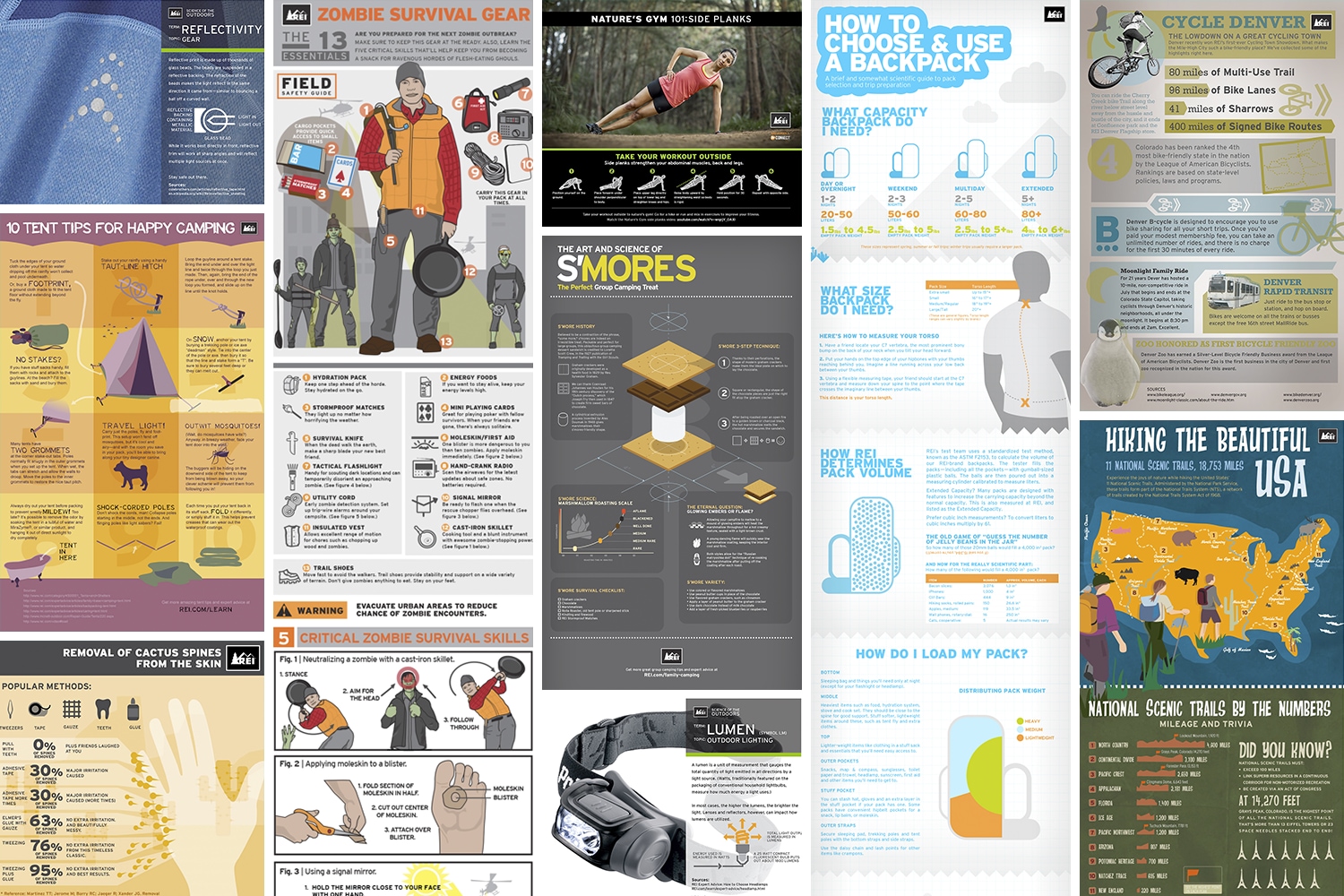Winter months camping is an enjoyable and daring experience, yet it needs appropriate equipment to ensure you stay cozy. You'll need a close-fitting base layer to catch your body heat, along with a protecting jacket and a waterproof shell.
You'll additionally need snow risks (or deadman supports) buried in the snow. These can be linked using Bob's smart knot or a normal taut-line hitch.
Pitch Your Camping tent
Winter months camping can be an enjoyable and daring experience. Nevertheless, it is very important to have the proper equipment and recognize how to pitch your outdoor tents in snow. This will stop chilly injuries like frostbite and hypothermia. It is likewise crucial to consume well and stay hydrated.
When setting up camp, make sure to choose a website that is sheltered from the wind and devoid of avalanche danger. It is likewise an excellent idea to pack down the location around your camping tent, as this will certainly help in reducing sinking from body heat.
Prior to you set up your tent, dig pits with the same size as each of the anchor points (groundsheet rings and man lines) in the center of the camping tent. Load these pits with sand, stones and even things sacks filled with snow to portable and secure the ground. You might also wish to take into consideration a dead-man anchor, which includes connecting camping tent lines to sticks of timber that are hidden in the snow.
Load Down the Location Around Your Outdoor tents
Although not a need in the majority of areas, snow stakes (likewise called deadman supports) are an excellent addition to your camping tent pitching package when outdoor camping in deep or pressed snow. They are generally sticks that are developed to be buried in the snow, where they will certainly ice up and produce a strong anchor factor. For finest outcomes, utilize a clover hitch knot on the top of the stick and bury it in a couple of inches of snow or sand.
Establish Your Outdoor tents
If you're camping in snow, it is an excellent concept to make use of a camping tent developed for winter backpacking. 3-season outdoors tents function fine if you are making camp below tree zone and not expecting especially harsh climate, however 4-season tents have stronger poles and fabrics and offer even more security from wind and hefty snowfall.
Make certain to bring sufficient insulation for your resting bag and a cozy, dry blow up floor covering to sleep on. Blow up floor coverings are much warmer than foam and aid protect against cool areas in your outdoor tents. You can likewise add an additional mat for sitting or cooking.
It's additionally an excellent concept to set up your camping tent near to a natural wind block, such as a group of trees. This will make your camp a lot more comfortable. If you can not discover a windbreak, you can produce your own by digging holes and burying things, such as rocks, outdoor tents risks, or "dead man" supports (old camping tent man lines) with a shovel.
Tie Down Your Camping tent
Snow stakes aren't necessary if you utilize the appropriate compass methods to secure your camping tent. Hidden sticks (maybe gathered on your approach walk) and ski poles work well, as does some variation of a "deadman" buried in the snow. (The idea is to develop an anchor that is so solid you won't have the ability to pull it up, despite a great deal of effort.) Some suppliers make specialized dead-man anchors, however I prefer the simpleness of a taut-line hitch tied to a stick and after that hidden in the snow.
Be aware of the terrain around your camp, particularly if there is avalanche danger. A branch that falls on your tent can harm it or, at worst, wound you. Additionally be wary of pitching your outdoor tents on an incline, which can catch wind and result in collapse. A sheltered location with a reduced ridge or hillside is much better than a high gully.
